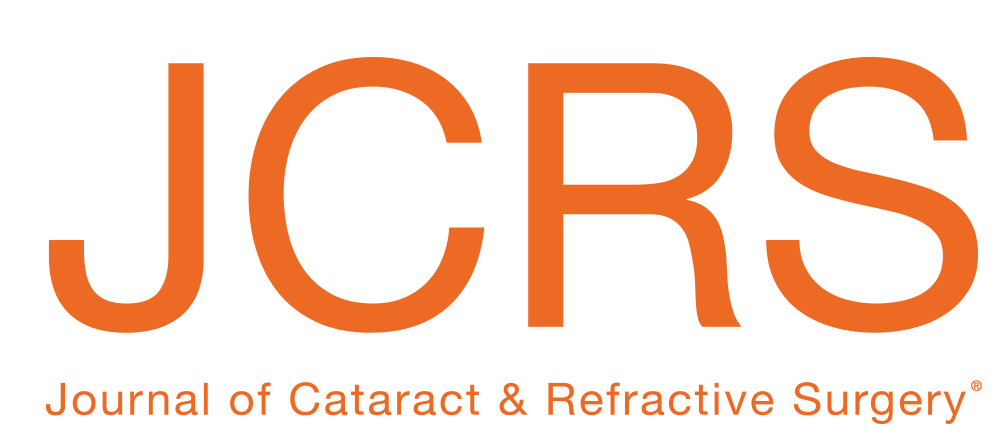ASCRS News
December 2020

Diagnosis and treatment of microspherophakia
Xuewen Yu, MD, Weijie Chen, MD, Wen Xu, MD
The morphological characteristics, complications, genetic diagnosis, and treatment of microspherophakia, a rare congenital disease, were explored in this paper. Patients with this condition have a small, spherical lens, usually bilateral, where the whole lenticular equator can be reviewed with full pupil dilation and movement of the crystalline lens is common even with body or eye movement due to loose zonules. Common complications associated with this condition are lens dislocation/subluxation, glaucoma, high myopia, and poor accommodation. The authors noted that microspherophakia is often a genetic disorder that can occur with Weill-Marchesani syndrome, Marfan syndrome, Alport syndrome, and Klinefelter syndrome. Conservative treatment includes treating high myopia that might be associated with the condition with glasses or contact lenses and IOP management with glaucoma medications when needed (the authors provided several caveats in order to prevent pupillary block). Lens subluxation usually requires surgical treatment. The authors offered several published surgical techniques for lensectomy or lens aspiration in these cases. IOL implantation is common after lens removal in these cases with options including scleral-sutured IOLs, AC-IOLs, or posterior capsule IOL implantation with a CTR or CTS.
Remote corneal suturing wet lab: microsurgical education during the COVID-19 pandemic
Neel Pasricha, MD, Zeeshan Haq, MD, Tessnim Ahmad, MD, Lawrence Chan, MD, Travis Redd, MD, Gerami Seitzman, MD, Neeti Parikh, MD, Tyson Kim, MD, Julie Schallhorn, MD, Saras Ramanathan, MD
Feasibility and efficacy of a novel, remote wet lab for microsurgical education when in-person wet labs were canceled due to the COVID-19 pandemic was evaluated in the Department of Ophthalmology, University of California, San Francisco. The study randomized 10 ophthalmology residents to perform corneal suturing with four cardinal sutures for a penetrating keratoplasty on porcine eyes either with or without remote feedback from an attending ophthalmologist. Each group either had feedback on the first suturing task but none on the subsequent task and vice versa. Efficacy of the remote wet lab was assessed with a survey and objective grading of the suture passes. Overall, the researchers found that residents were more comfortable with corneal suturing after the remote wet lab, which they rated as at least equal to in-person wet labs. Corneal suturing performance was similar between the two groups, the authors reported. As such, they concluded that wet labs with remote attending feedback is both feasible and effective for corneal suturing training.
Fifteen years of intraocular lens exchange: indications, outcomes and complications
Jordy Goemaere, MD, Céline Trigaux, MD, Laurens Denissen, MD, Diana Dragnea, MD, Minh-Tri Hua, MD, Marie-José Tassignon, PhD, Sorcha Ní Dhubhghaill, PhD
A retrospective, cross-sectional study of IOL exchange in 492 eyes revealed some of the most common indications as well as outcomes. Information from such patients included in the study were from the University Hospital Antwerp and the University Hospital Leuven in Belgium from 2002–2017 with only full IOL exchange procedures included. The mean time between the initial cataract surgery and IOL exchange was 54.61±67.07 months, and the primary indication was lens opacification. The authors noted that IOL dislocation and patient dissatisfaction are also common indications. The most common ophthalmic comorbidity was previous vitreoretinal surgery. Before IOL exchange, UCVA was 0.47±0.27 and BCVA was 0.61±0.32. Post-IOL exchange UCVA was 0.7±0.3 and BCVA was 0.8±0.28. The authors noted that UCVA and BCVA increases postop were statistically significant. Vitreous prolapse was the most common perioperative complication to occur with IOL exchange.



